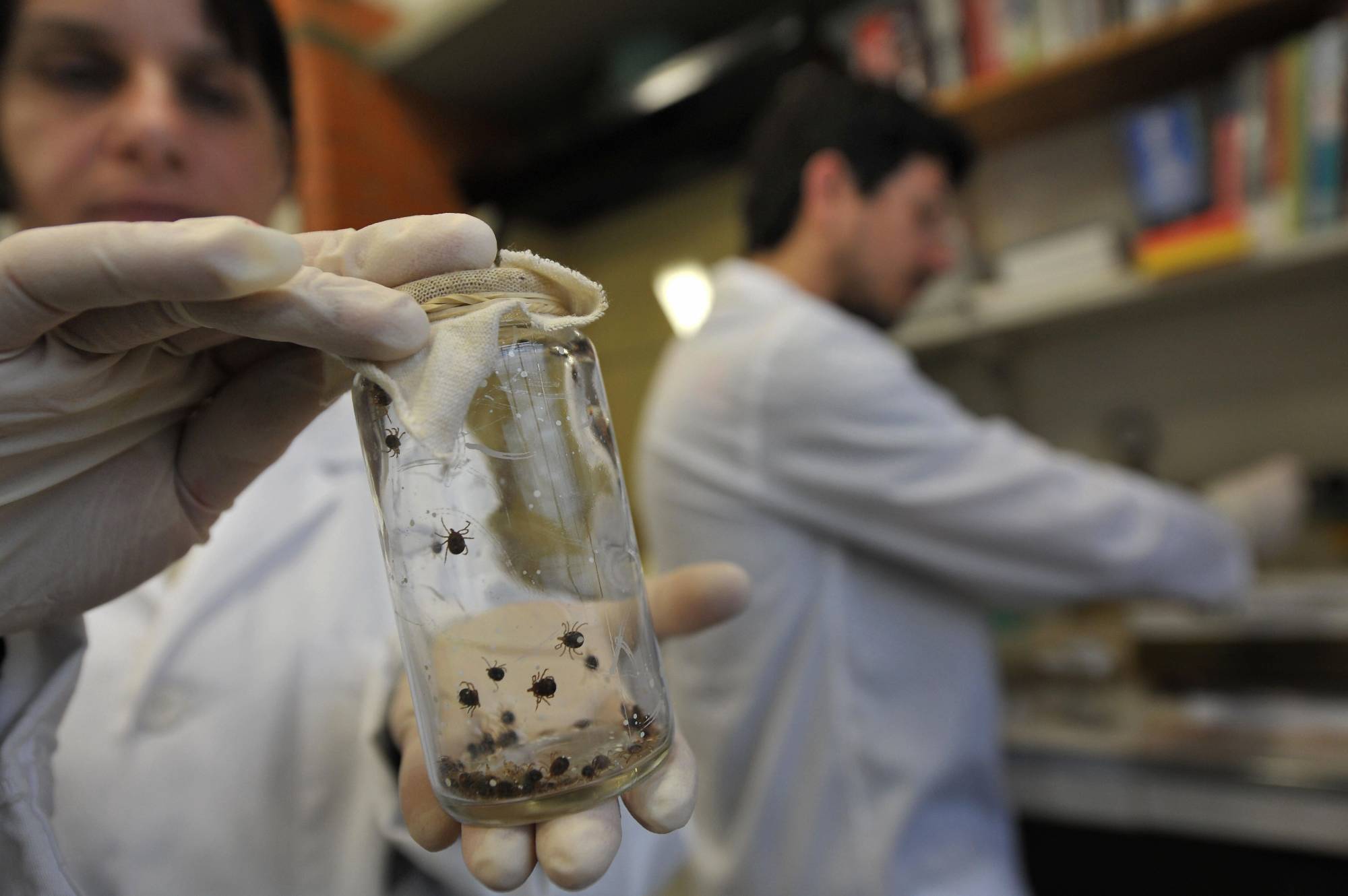Ticks are among nature’s most hardy survivors. They’ve been around for at least 100 million years and used to feast on dinosaur blood. Their bodies contain anti-freeze to help them survive cold weather, and their two front legs have carbon dioxide and infrared sensors to help detect when a warm-blooded mammal is approaching. Tiny hairs on their legs increases friction and allows ticks to latch onto animals that brush by.
And blacklegged ticks, which spread the most disease in the U.S., are notoriously unpicky eaters, happy to ingest the blood of numerous mammals and birds, making them perfect for spreading disease from one species to the next.
Blacklegged ticks and their counterparts abroad used to be confined to certain climates, especially milder and humid temperate zones such as coastal New England. Now, they’re present in places further north where they didn’t use to appear.

















With your current subscription plan you can comment on stories. However, before writing your first comment, please create a display name in the Profile section of your subscriber account page.